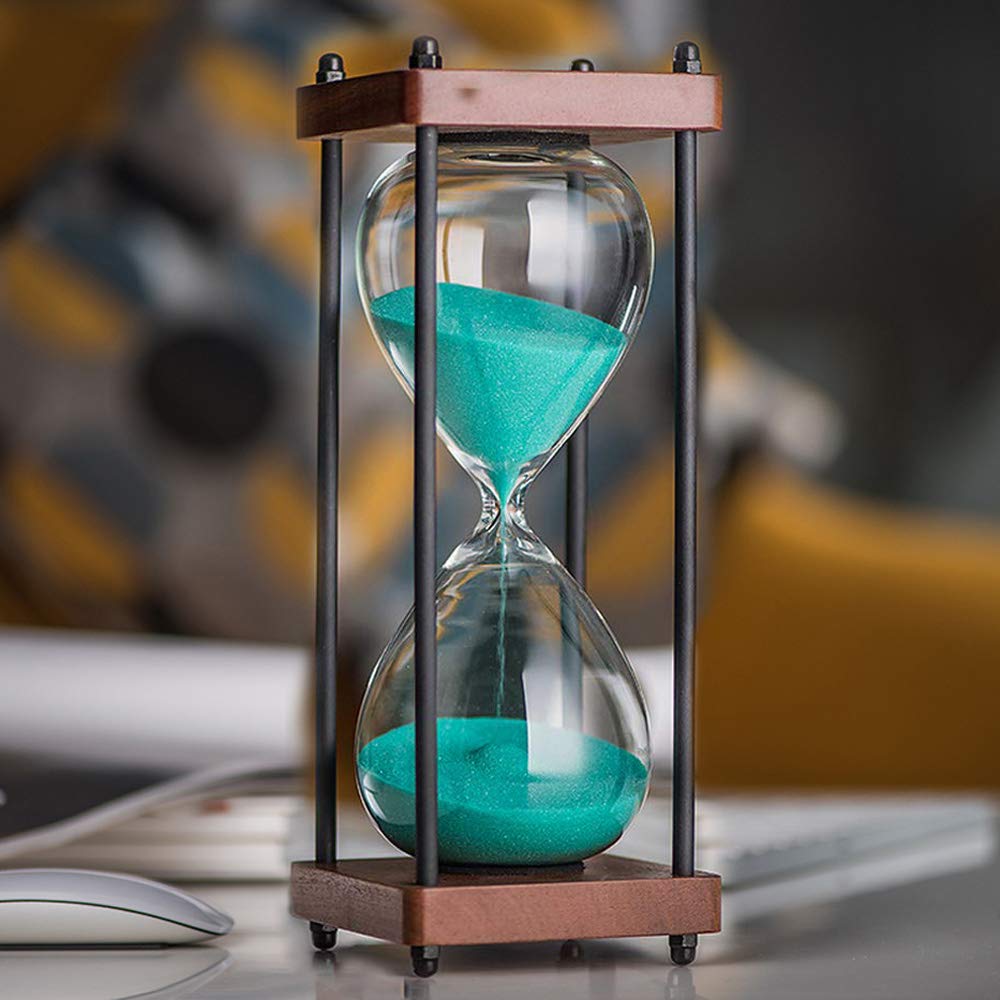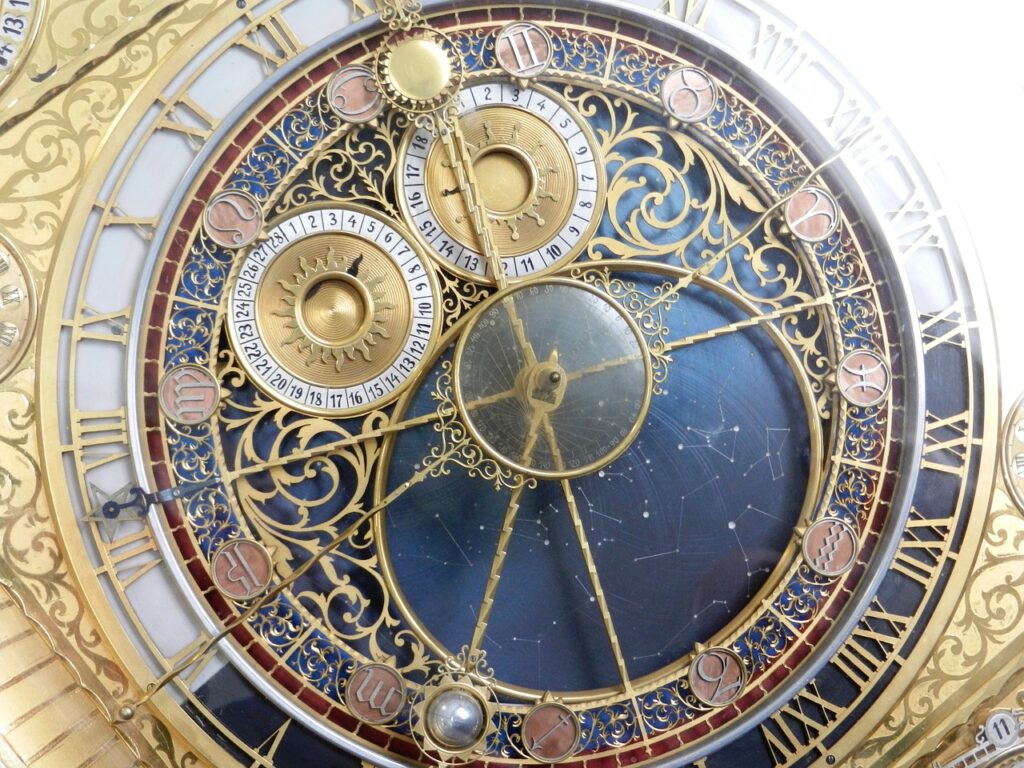History of watch is 2500 years old from today
In today’s world, we all run on the tip of the clock, that is, everyone wakes up according to the time, goes to office, has lunch and sleeps. In today’s era, we cannot imagine life without a watch.
Mobile watch, car watch, wall watch or wrist watch or any other type of watch, a watch is a watch in whatever form it may be. In such a situation, the question arises that how the people of that time would have run their daily routine when there was no clock.
If we talk about the initial phase, it seems that Ever since man had the knowledge of understanding time, he might have discovered the clock for the first time in the rise and set of the sun, and in the beginning of human history, man would have been doing his work for several decades.
Humans divided the time by realizing day after night and night after day and kept guessing that now the first hour of the day or night is over and the second is about to begin. This is how the sundial began
But in the event of a change in the sky, the matter used to get stuck, so people invented the water clock, whose credit goes to China, where a person named “Su Sang” made a water clock.
Water clocks use the flow of water to measure time. The physical principle necessary to study such clocks is Torricelli’s law.
There are two types of water clocks inflow and outflow.
Research was being done in all kinds of different techniques and Man made sand a medium to understand the time better and made a sand clock.
The first hourglass, or sand clock, is said to have been invented in the 8th century AD by a French monk named Lautprand.
Sand Clock

An hourglass (or sandglass, sand timer, sand clock, or sand clock) is a device used to measure the passage of time. It consists of two glass bulbs connected vertically by a narrow neck that allows a regulated flow of material (historically sand) from the upper bulb to the lower bulb.Factors affecting the time interval measured include sand content, sand roughness, bulb size, and neck width. The hourglass can be reused indefinitely by turning the bulbs upside down when the upper bulb is empty.
Astronomical Clock
At the same time, these civilizations had also acquired the knowledge of astronomy and astrology. To accurately predict the movement and influence of the planets, they made astronomical calculations of the speed of time and made astronomical clocks, just as the calculations of different civilizations were different, Similarly the proportion of astronomical time also varied. This uncertainty emphasized the need for mechanics in the development of clocks. During the medieval period (500 to 1500 AD), there was tremendous development in the technology of the clock.

Construction of Jantar Mantars
Jantar Mantar is an astronomical observatory built to measure the time from the position of the sun. In the early 18th century, Maharaja Jai Singh II of Jaipur built five Jantars in Jaipur, New Delhi, Ujjain, Mathura and Varanasi. Mantras were built, all these were completed between 1724 and 1735.
Ghantaghar (CLOCK TOWER)
A bell tower is a part of a tall tower or tower that houses bells. Once upon a time, half the city used to know the time from its clock. When the development of the clock was not well done, then the King Maharajas built the Ghanta Ghar, which used to be in almost every big city and it used to be a good way to go to the time.
Pocket Watch
The use of a balanced spiral spring in 1675 significantly changed the ability of clocks to measure time. The clock was now mature enough to measure every hour, even to the minute. Along with the smaller size, there was a change in the way the watch was used. Now watches are being used as fashion accessories.
Its practice started when King Charles II of England attached it to a gold chain and kept it in his coat pocket. People liked this style of Charles so much that a large number of men started roaming around hanging the watch in their coat pocket. Although very few people know that the first pocket (pocket watch) which was made around 1510 AD and which was like a drum and was more in weight and was not so fashionable.
(Pendulum clock) Grand father clock
The talk was during 1657. Dutch scientist Christiaan Huygens was engaged in the construction of a clock that showed accurate time compared to earlier clocks. After all, he got success. He made the first pendulum clock, which was supposed to tell time fairly accurately
But its weakness was that it did not work in the sea. British clockmakers followed this pattern with a 6-foot-long case with a 10-inch pendulum clock. In 1670 such clocks were made, whose pendulums were 39.1 inches long, these were called Royal Pendulums. Around the same time, clocks with a seven-foot-tall case were manufactured, which came to be known as the Grandfather Clock. The length of these clocks was up to 7 feet.
Commercialization of watches
On the other hand some other inventions were happening. The Baguette Company made further changes to the color and movement of the watch. In 1787 he began manufacturing lever clocks in France. By 1775, pair case watches were out of fashion. Meanwhile, the hard work of the franchise manufacturers paid off.
His slim watches crossed the borders of France and reached England by the middle of the 19th century i.e. 1850 AD. However, there was a change in the design of the lever after coming here. Now they started getting round. The thickness of the watches has reduced considerably. During this time America was working on the purpose of making a clock with low cost lever. Swiss manufacturers kept a close eye on the Americans and used cylinders and levers in clock making there.
Modern watch
All the features available in pocket watches such as time meter, date, alarm, moon position etc. were present in the new form of the watch. By the 21st century, the clock became better and automatic. Not only this, now the watch is waterproof, shockproof and able to work in high pressure, density and steam.
The development of the watch did not stop, the continuous research on the watch developed my battery, automatic after electronic form and today I am even in the form of quartz watch. The credit goes to Swiss companies, Due to the efforts of these people, the watch has also become very cheap. In today’s era, the clock is also digital, and is present everywhere in computer, car, home, shop and mobile, to guard your time. In modern times, a new form of watch has emerged in the form of smart watch.
The credit for the invention of the clock goes to Pope Sylvester II, who invented the clock in 996 AD. The minute hand of a clock was invented in the year 1577 by Joss Burgi of Switzerland. Before that, Peter Heinlein had made such a clock in Nuremberg city of Germany which could be taken from one place to another.
The first clock that we wear in our hands at present was made by Blaise Pascal, a French mathematician and philosopher. This is the same Blaise Pascal who is also considered the inventor of the calculator. Around 1650, people used to roam around with a watch in their pocket, Blaise Pascal tied this watch to his palm with a rope so that he could see the watch while working.
intairaisting fachts duniya kee sabase mahangee ghadee supair knpitikaitaid hain. jisakee mooly 68 miliyan hain. yah ek poket ghadee hain. hangaree kee raajakumaaree koskovikj ko duniya kee pahalee ghadee pahanane ka shrey jaata hain. unhonne 1868 mein paatek philip dvaara banaee gaee ghadee pahanee thee. duniya kee vishaalatam ghadee denamaark mein hain. 15 disambar 1955 ko yahaan ke samraat ne is ghadee ka udhdaatan kiya tha. aapako bata de ki, is ghadee ko duniya kee sabase theek samay dene vaalee ghadee maanee gaee hain. duniya kee bhaaree ghadee landan mein sthit vestaminstar pailes kee blok tovar hain. is ghadee ko san 1856 mein edavard pratham ne lagavaee thee. jo 7 laakh ke mooly mein banaee gaee thee. aapako bata de ki, is ghadee ke 4 daayal hain. aur pratyek daayal 2 phut, 6 inch vyaas ke hain. is ghadee ke ghante ka vajan hee 15 tan ka hain. aaj ghadee sirph dharatee tak hee simit nahee rahee hai yah antariksh mein bhee pahuch chukee hai. aapako bata de ki, chaand par jaane vaalee ghadee ka naam omega speedamaastar hain. ghadee ke sparais banaane mein sveetajaralaind duniya mein pahale paayadaan par hain. yahaan se hee ghadee ke sarvaadhik sparais duniya ke kone kone mein niryaat kiye jaate hain. duniya kee sabase oonchee ghadeenyooyaark mein hain. yah ghadee sadak ke satah se 330 phut oonchaee par lagee huee hain.
Show more1,100 / 5,000
Interesting Facts
- The world’s most expensive watches are super knpitiketed. Whose value is 68 million. This is a pocket watch.
- The credit for wearing the world’s first watch goes to Princess Koskovic of Hungary. He wore a watch made by Patek Philippe in 1868.
- The world’s largest clock is in Denmark. On December 15, 1955, the emperor here had inaugurated this clock. Let me tell you that this watch is considered to be the most accurate watch in the world.
- The world’s heaviest clock is the Block Tower of Westminster Palace in London. This clock was installed by Edward I in the year 1856. Which was made at a cost of 7 lakhs. Let me tell you that this watch has 4 dials. And each dial is 2 feet, 6 inches in diameter. The weight of the clock itself is 15 tonnes.
- Today the clock is not limited only to the earth, it has also reached the space. Let me tell you that the name of the watch going to the moon is Omega Speedmaster.
- Switzerland ranks first in the world in making watch spares. It is from here that most of the watch spares are exported to every corner of the world.
- The tallest clock in the world is in New York. This clock is installed at a height of 330 feet from the road surface.
